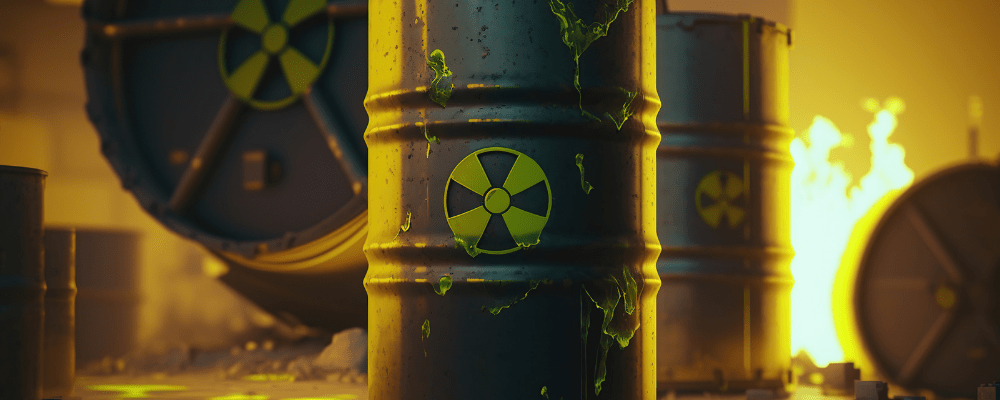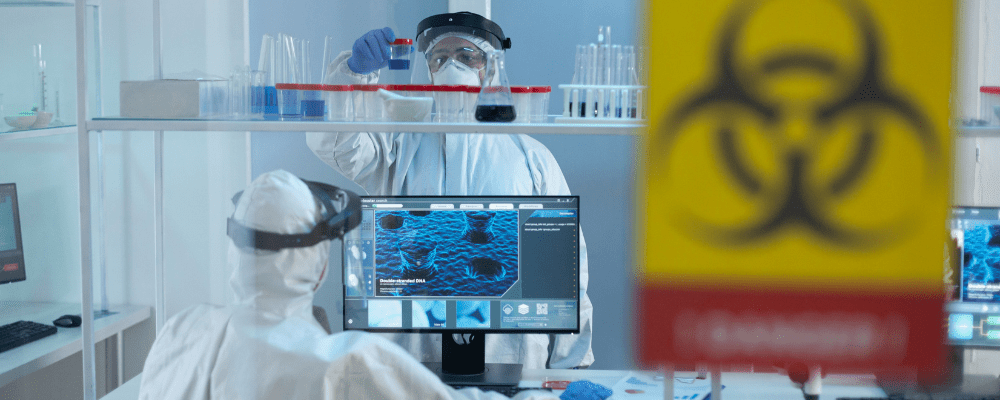In the fast-paced world of technology, ensuring the safety of nuclear energy plays a pivotal role. This blog aims to provide tech experts with a comprehensive insight into the intricate landscape of nuclear energy safety. We will delve into various technical aspects while maintaining a formal tone throughout.
Enhancing Nuclear Energy Safety:
Nuclear energy, with its immense potential, requires a meticulous approach to ensure safety at all stages of its utilization. In this blog, we will dissect the core elements of nuclear energy safety from a technical standpoint.
The Fundamentals of Nuclear Energy Safety
Nuclear energy is harnessed through complex processes, with safety as the utmost priority. To achieve this, a multifaceted approach is imperative.
Nuclear Reactor Safety Mechanisms
Nuclear reactors serve as the nucleus of nuclear energy production, playing a pivotal role in generating electricity, research, and various industrial applications. The paramount concern in the operation of nuclear reactors is safety. To mitigate the potential risks associated with nuclear energy, a sophisticated multi-tiered safety framework has been established. Within this framework, two of the most crucial elements are the Control Systems and Cooling Systems.
1. Control Systems:
Control systems are the linchpin of nuclear reactor safety, orchestrating the intricate dance of nuclear fission. These systems are meticulously designed and operated to prevent overheating, control the fission process, and maintain the reactor’s stability. Here’s a detailed look at their functions:
Fission Process Control: Nuclear reactors operate by splitting atoms in a controlled chain reaction. Control systems manage the rate at which this fission occurs. They use various mechanisms, such as control rods of materials like boron or cadmium, to absorb neutrons and modulate the reaction. By adjusting the position of these control rods, reactor operators can fine-tune the power output and keep it within safe limits.
Temperature Regulation: Controlling temperature is crucial to nuclear reactor safety. Excessive heat can lead to the release of radioactive materials and even reactor core meltdown. Control systems continuously monitor the temperature and initiate cooling mechanisms if it exceeds safe levels. It may involve adjusting the flow of coolant or activating emergency cooling systems.
Stability Maintenance: Nuclear reactors must maintain stability to prevent instabilities that could lead to accidents. Control systems monitor reactor parameters and adjust the control rods, coolant flow, and other factors to counteract deviations from stable operation.
2. Cooling Systems:
The second critical aspect of nuclear reactor safety is cooling systems. These systems are responsible for managing and dissipating the intense heat generated during the nuclear fission process. The efficient operation of cooling systems is paramount in averting catastrophic incidents, such as core overheating or a containment breach. Here’s a breakdown of their essential functions:
Heat Dissipation: Nuclear fission generates an extraordinary amount of heat, and if not adequately managed, it can lead to the reactor’s fuel rods overheating and potentially melting. Cooling systems are designed to carry this excess heat away from the reactor core. Standard cooling methods include circulating coolants, such as water or gas, through the reactor core to absorb and transport the heat.
Redundancy: Safety is a top priority, and cooling systems are typically designed with redundancy in mind. It means there are multiple cooling mechanisms in place, such as primary and secondary cooling loops and backup systems, to ensure that the reactor can be effectively cooled even in the event of a failure in one of the systems.
Emergency Cooling: In the rare event of a complete cooling system failure, nuclear reactors are equipped with emergency cooling systems. These systems are designed to provide an additional layer of protection, ensuring that the reactor remains safe under extreme circumstances.
Control systems and cooling systems are integral components of the multi-tiered safety framework that underpins nuclear reactor operation. They work harmoniously to manage the fission process, prevent overheating, and maintain the reactor’s stability. By providing a fail-safe approach to reactor safety, these mechanisms have played a crucial role in ensuring the safe and reliable operation of Nuclear Energy reactors worldwide.



